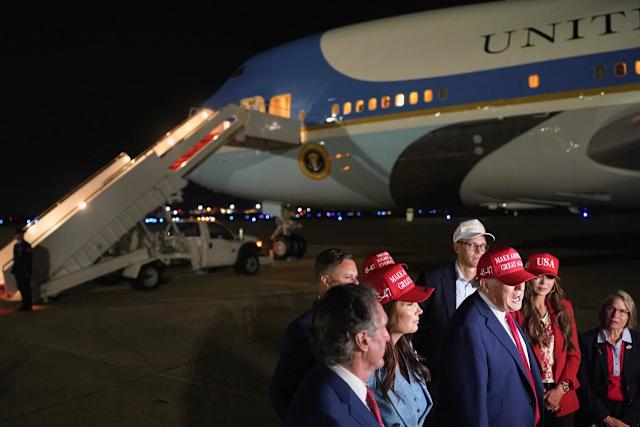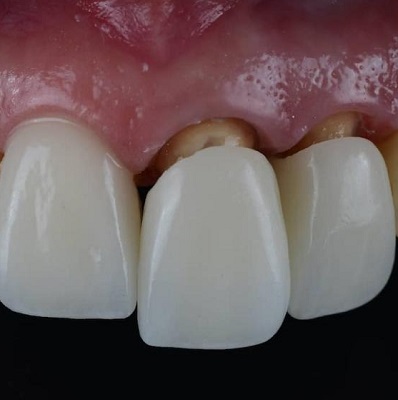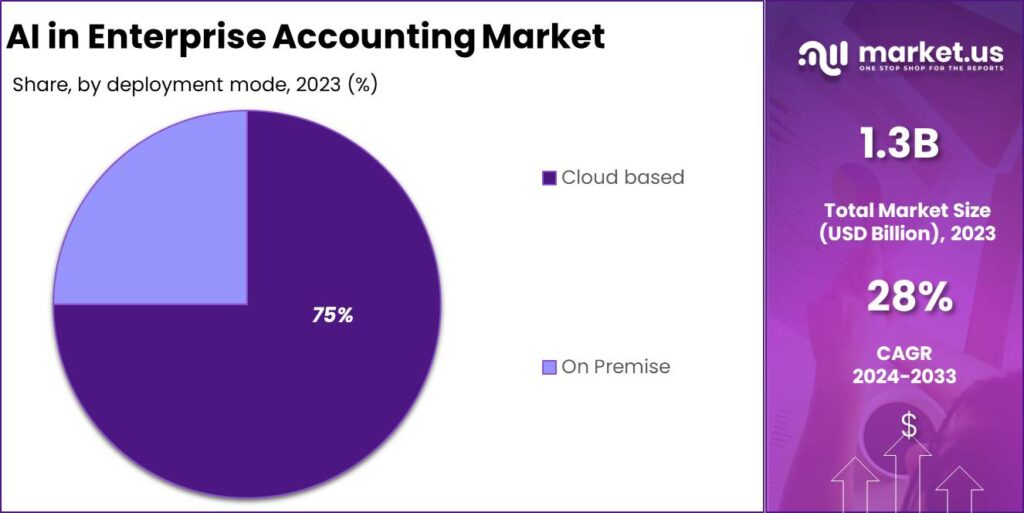Trump Amps Up Tariff Pressure, and EU Scrambles to Secure a Deal

President Trump said he was preparing to set unilateral tariff rates of up to 70% that would kick in Aug. 1, delaying the levies while putting pressure on global trade negotiations.
The European Union will hold crunch talks with the U.S. over the weekend in an effort to secure a tentative trade agreement that avoids the higher levies.
Most Read from The Wall Street Journal
-
How Trump’s Megabill Will and Won’t Change Your Taxes
-
America Has Pulled Off the Impossible. It Made Getting a Passport Simple.
-
Elon Musk Lost to Trump. He Can’t Get Over It.
-
Welcome to Dallas: The City That Just Can’t Stop Expanding
-
Trump Amps Up Tariff Pressure, and EU Scrambles to Secure a Deal
Officials from the European Commission, the bloc’s executive body, told the EU’s member states on Friday that they are nearing the outline of a potential deal with the U.S. that would leave the current 10% tariffs on most European imports in place, people familiar with the matter said.
EU officials held talks in Washington this past week. The bloc is racing to do a deal before July 9, when Trump had threatened to raise tariffs for EU imports to 50%. The talks are fluid and the details of a potential agreement could change. It is also not certain that a deal will be reached.
Trump said the U.S. is poised to inform many trading partners of import duties ranging “from maybe 60% to 70% tariffs to 10% and 20% tariffs,” putting global investors on the defensive with U.S. markets closed for July Fourth.
The notices will be sent to countries by July 9, the president said. That is the White House’s self-imposed deadline for ending a 90-day pause on “reciprocal” tariffs first unveiled in April. He said the tariffs would kick in from the start of next month, telling reporters: “They’ll start to pay on Aug. 1.”
In subsequent comments to reporters late Friday, Trump said he has signed about a dozen letters and they will be sent out on Monday.
The indication that tariffs will take effect in August suggests the U.S. wants more time to continue pushing for agreements with key trading partners such as the EU, Japan and South Korea, said Inga Fechner, an economist at ING.
“That’s the most interesting takeaway because it would basically mean that he would leave more room for negotiations,” Fechner said. Big trading partners would likely retaliate if the higher tariff rates kick in next week, she said.
So far, the administration has struck preliminary trade pacts with the U.K. and Vietnam, and an on-again, off-again truce with China.
It wasn’t immediately clear if the EU would be able to secure tariff reductions for particular industries, such as automotive or steel, a key demand from member states including Germany. The EU currently faces 25% tariffs in the automotive sector and 50% tariffs on steel and aluminum.
Story ContinuesEuropean officials told member state ambassadors on Friday that they expect the Trump administration to divide its trading partners into three different categories next week based on their progress in negotiations, the people said.
Countries that have reached an agreement in principle with the U.S. would remain subject to the administration’s 10% baseline tariffs in the near term with the possibility of a reduction later on.
Trading partners that are close to an agreement would see their baseline tariff jump to the country-specific level that was announced earlier this year until a final agreement is reached, the people said.
If the Trump administration believes negotiations with a country are going badly, tariffs would return indefinitely to a higher level.
The Trump administration has said it is giving priority to talks with a core group of trading partners, for whom the July 9 deadline might be flexible, but that the U.S. doesn’t have the capacity to negotiate in detail with every global counterpart. Treasury Secretary Scott Bessent recently said the U.S. “could have trade wrapped up by Labor Day” and is focused on deals with 18 key trading partners.
However, when asked in a gathering with the media on Thursday about other agreements, Trump said: “We have a couple of other deals, but you know, my inclination is to send a letter out and say what tariffs they are going to be paying.”
A spokesman for the European Commission, the bloc’s executive body, said on Friday that the EU wants a negotiated solution with the U.S. and made progress toward an agreement in principle during its last round of negotiations in Washington before July Fourth.
After discussing the state of trade talks with EU member states, the commission will re-engage with the U.S. on the substance of a potential deal over the weekend, the spokesman said.
“At the same time, we are preparing for the possibility that no satisfactory agreement is reached,” he said. The EU has prepared countertariffs against the U.S.
The terms of the deal that is being discussed could meet with resistance from member EU states if they favor the U.S. too much.
One national official in Europe described the draft as “a take-it or leave-it offer” from the U.S. but said the details were fuzzy and could still evolve as negotiators continue to talk over the weekend.
The national official said certain product categories could be exempt from tariffs. For example, both sides agreed that European car manufacturers would be allowed to export one vehicle tariff-free for each vehicle they produced in their U.S. plants for export back to Europe, the official said—a provision that would benefit only certain manufacturers, such as Germany’s BMW.
Under the draft, the EU would have to lift legal restrictions on the import of U.S. meat, except chlorine-washed chicken, the official added. Such a change could be controversial for certain European countries with large agricultural sectors, such as France.
The U.S. wants the EU to accept a 17% tariff on some of its agricultural products as part of a deal, people familiar with the talks said, although an EU diplomat said it wasn’t clear that the U.S. would insist on that point. The Financial Times earlier reported on the agricultural tariff demand.
EU trade chief Maroš Šefčovič met with U.S. officials on Thursday. Both Šefčovič and Bessent suggested after their meetings that more work was still needed.
Write to Kim Mackrael at [email protected], Bertrand Benoit at [email protected] and Ed Ballard at [email protected]
Most Read from The Wall Street Journal
-
Why Krispy Kreme and McDonald’s Broke Up
-
American Companies Had Lowest Job Growth in Eight Months
-
While Working on the Set of ‘Entourage,’ She Came Up With an Idea for a Business
-
How Much of Your Portfolio Should Be in International Stocks?
-
China Accelerating Implementation of U.S. Trade Framework, Commerce Ministry Says













